| [1] 励建安. 老年心血管病康复进展[J]. 实用老年医学,2006;20(2): 212.
[2] Lakatta EG, Levy D. Arterial and cardiac aging major shareholders in cardio vascular disease enterprises part I: aging arteries: a "setup" for vascular disease. Circulation, 2003, 107(2): 139-146.
[3] 杨静,雷燕. 细胞衰老与血管老化的关系及其研究进展[J]. 中国中西医结合杂志. 2009;29(4)369-374.
[4] Toda N. Age-related changes in endothelial function and blood flow regulation. Pharmacol Ther. 2012;133(2):159-176.
[5] Moore A, Mangoni AA, Lyons D, et al. The cardiovascular system in the ageing patient. Clin Pharmacol, 2003;56(3): 254-260.
[6] Nelson MT, Quayle JM. Physiological roles and properties of potassium channels in arterial smooth muscle. Am J Physiol Cell Physiol.1995;268(4): 799-822.
[7] 罗兴林,李秀琴. 血管平滑肌钾离子通道的增龄变化及其研究[J]. 国外医学心血管疾病分册, 2003,30(5): 274.
[8] Meera P, Wallner M, Toro L, et al. A Calcium switch for the functional coupling between α and β subunits of Maxi K+ channel. FEBS Lett. 1996;382(1): 84-89.
[9] Galvez A, Gimenez-Galllego G, Reuben JP, et al. Purification and characterization of a unique, potent, peptidyl probe for the high conductance calcium-activated potassium channel from venom of the scorpion Buthus tumulus. J Biol Chem, 1990;265(2): 183-190.
[10] Ferrari AU, Radaelli A, Centola M. Aging and the cardiovascular system. J Appl Physiol. 2003;95(3): 2591-2597.
[11] Lu H, Yuan H, Chen S, et al. Senescent endothelial dysfunction is attributed to the up-regulation of sphingosine-1-phosphate receptor-2 in aged rats. J Mol Cell Biochem. 2012;63(2): 217–224.
[12] Stobodan V. Perforrating Branches of the Middle cererbral Artery. J Strock..1985;16(5): 1022-1029.
[13] Belmin J, Corman B, Merval R, et al Age-related changes in Endothelial permeability and distribution volume of albumin in rat aorta. J Physiol Am. 1993;264(3): 679-685.
[14] 李丹,李玉洁,杨庆,等. 血管内皮功能障碍与动脉粥样硬化研究进展[J]. 中国实验方剂学杂志. 2012;22(8):92-98.
[15] 李磊,戴敏. 动脉粥样硬化血管内皮分泌功能失调与平滑肌细胞增殖[J]. 中国药理学通报,2010,16(02):192-197.
[16] Vander Loo B, Labugger R, Skep-per JN, et al. Enhanced peroxy nitrite formation is associated with vascular aging. Exp Med. 2000;192(12): 1731-1744.
[17] Isabelle Joris, Guido Majno. Cellular breakdown within the arterial wall: An ultrastructral study of the coronary artery in young and aging rats. Virchows Arch Path Histol. 1974;364(1): 111-127.
[18] Gerrity RG, Cliff WJ. The aortic tunica intima in young and aging rats. Exp Mol Pathol. 1972;16(2): 382-402.
[19] Maruyama Y. Aging and arterial-cardiac interactions in the elderly. J Cardiology. 2012; 155(1):14-19.
[20] Yildiz O. Vascular smooth muscle and endothelial functions in aging. Ann NY Acad Sci. 2007;1100(2): 353-360.
[21] 金肆,王迪浔,孙秉庸. K+通道在正常与慢性低氧大鼠低氧性肺血管收缩反应中的作用[J]. 中国病理生理杂志,2001,17(9): 821-824.
[22] Hirst GD, Edwards FR. Sympathetic neuroeffector transmission in arteries and arterioles. Physiol Rev. 1989; 69(2): 546-604.
[23] Sargent CA, Grover GJ , Antonaccio MJ, et al. The cardioprotective, vasorelaxant and electrophysiological profile of thelarge conductance calcium-activated potassium channel opener NS-004. J Pharmacol Exp Ther. 1993;266(3): 1422-1429.
[24] 戴闽, 刘远厚, 曾晓荣, 等. 动脉粥样硬化兔血管平滑肌细胞大电导钙激活钾通道NO直接激活研究[J]. 现代临床医学,2007, 33(6): 403-406.
[25] Kazuhide N, Mansoureh E, RongL, et al. Functional and molecular evidence of MaxiK channelβ1 subumit decrease with coronary artery ageing in the rat. J Physiol. 2004;15(559): 849-862.
[26] Leblanc N, Wan X, Leung PM. Physiological role of Ca2+-activated and voltage-dependent K+ currents in rabbit coronary myocytes. J Physiol Am. 1994;266(6):1523-1537.
[27] Faraci FM, Heistad DD. Regulation of the cerebral circulation: role of endothelium and potassium channels. Physiol Rev. 1998;78(1): 53-89.
[28] Martens JR, Gelband CH. Alterations in rat interlobular artery membrane potential and K+ channels in genetic and nongenetic hypertension. J Circ Res. 1996;79(2): 295-301. |
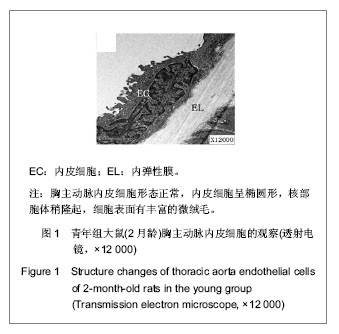
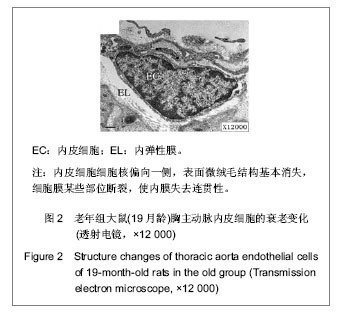
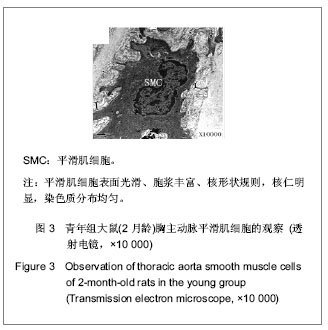
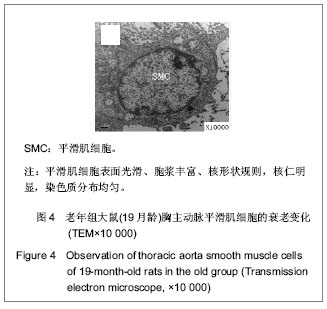

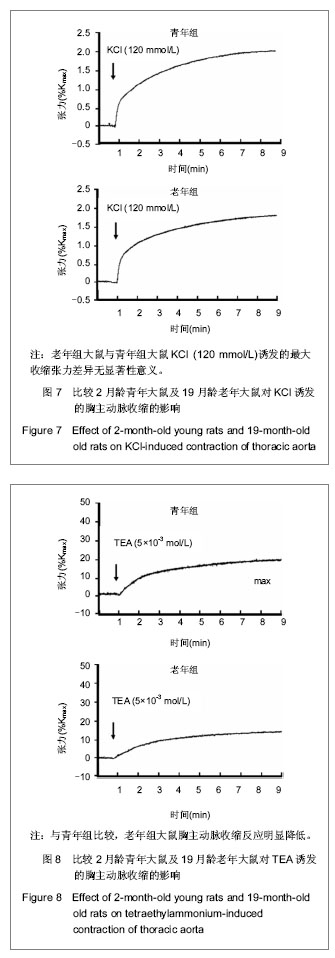
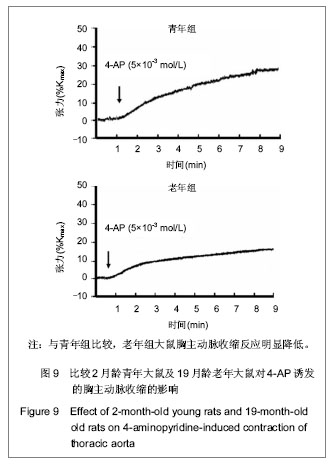
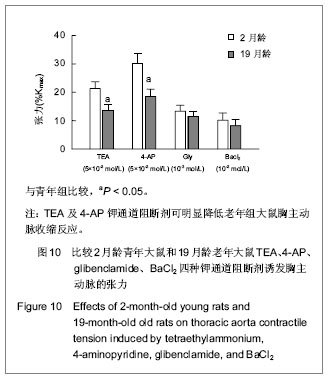
.jpg)